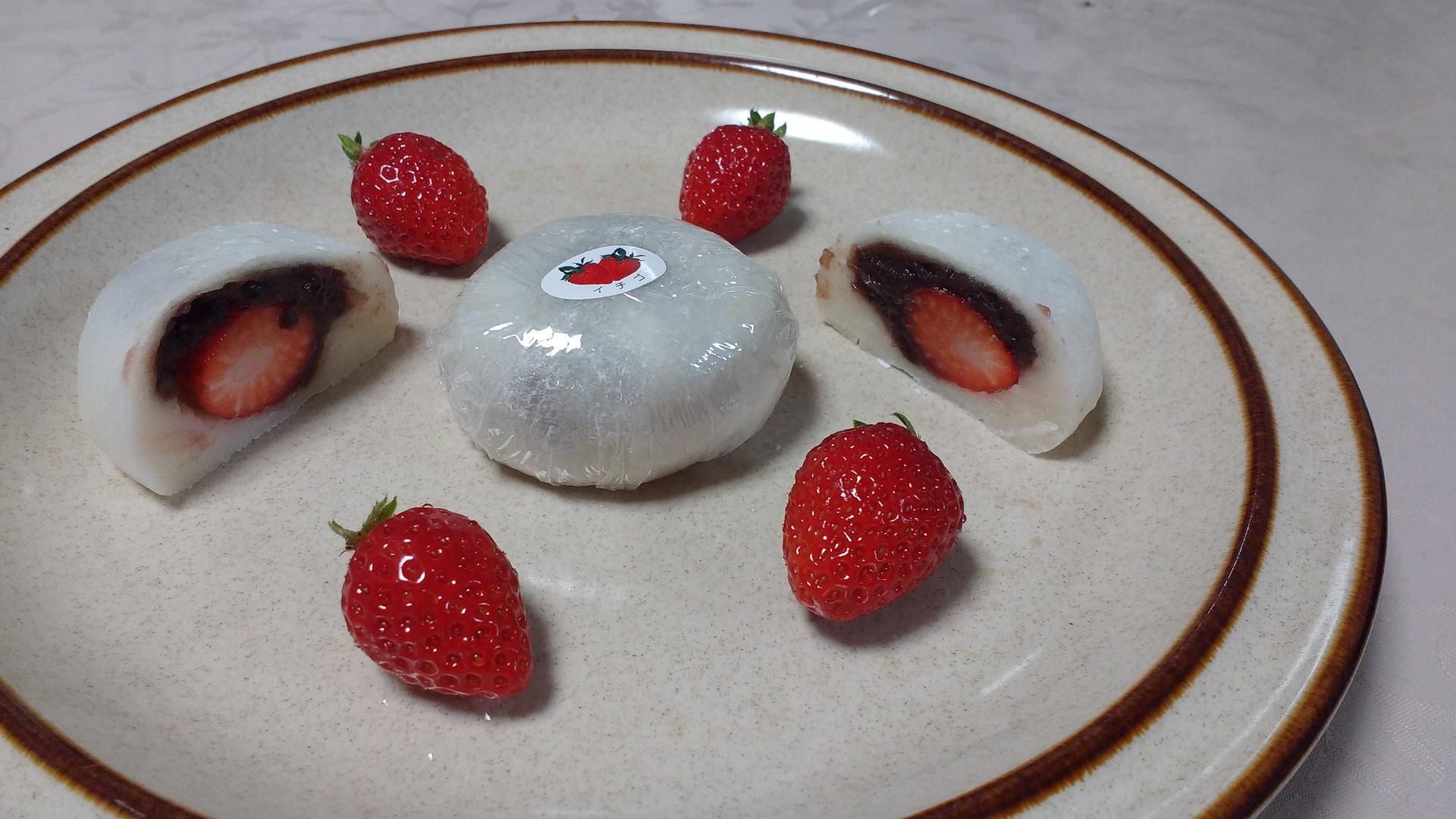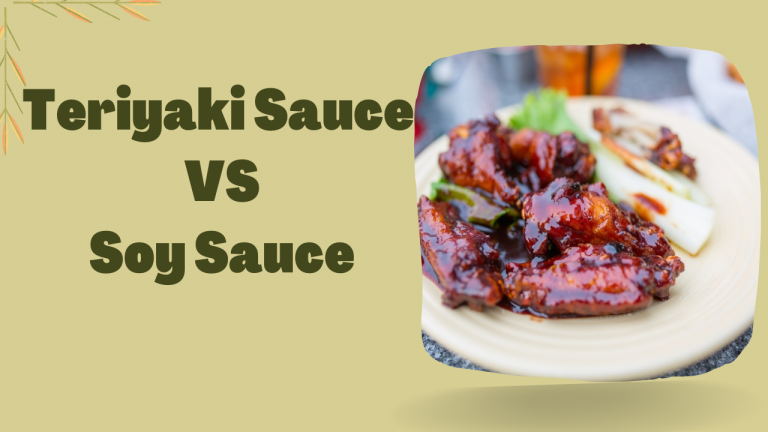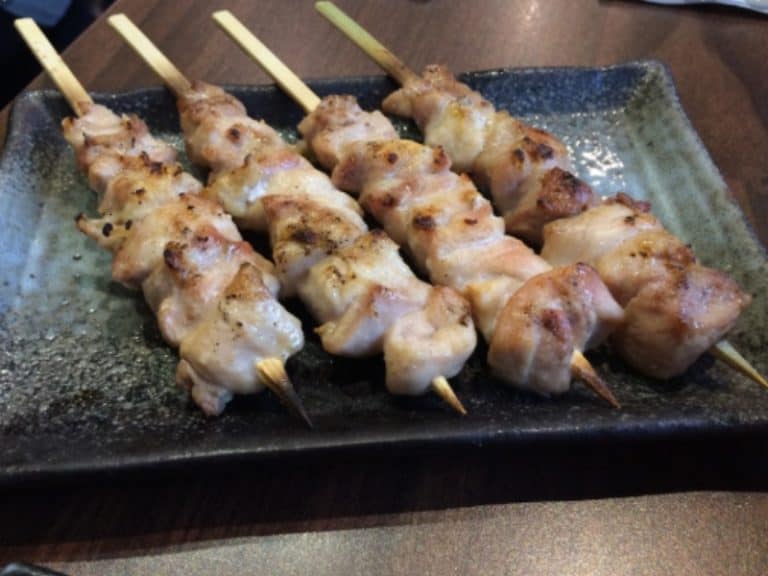How To Fix Sticky Mochi?


Mochi is a sweet Japanese rice cake made with glutinous rice and red bean paste sweet filling. A lot of people love mochi for its soft and chewy texture. Other ingredients such as water, sugar, and cornstarch are also included.
Mochi is a versatile sweet treat as it is not only consumed as a dessert, but it is also incorporated into other Japanese cuisine like savory soups. To make mochi, rice is pounded into paste to form a dough and molded into the desired shape.
How To Fix Sticky Mochi

Why Does Mochi Dough Become Too Sticky?
When making the mochi dough, it can become very sticky due to the glutinous rice ingredient. It is made by mixing the rice sweet flour with water and cooking until it becomes opaque and elastic.
The dough is dusted heavily with cornstarch and powdered sugar, filled and formed into various shapes.
What To Do If Mochi is Sticky?
There are times when shaping little sticky dough balls becomes too sticky. If that happens, you can use cornstarch to dust the dough and prevent it from sticking to your hands and working surface.
It will also help if you will keep your hands and tools wet. If the dough is still sticky, there might be a problem with too much water being added while cooking the mochi. You can cut down on the water when cooking it next time.
If the dough is very sticky in your hands and tools, try adding a little oil when kneading to reduce the stickiness.
How To Make Mochi?
All sorts of different fillings such as green bean paste, fruits and even ice cream can be stuffed into your mochi. To make a mochi that won’t stick that much, you will need to have properly measured ingredients. This will ensure that making mochi dough is right and correctly initiated.
Here’s one of the recipes you can follow to make some mochi cakes. The ingredients that you should have will be the following:
- 3 cups mochiko or Japanese sweet rice flour
- 2 cups white sugar
- 3 cups water
- 2 drops rice wine vinegar
- 2 cups corn starch
- 2 cups powdered sugar
- 1 cup anko (red bean paste)
Procedure For This Recipe:
- Mix the mochiko, granulated sugar, and vinegar in a microwavable large glass bowl until there are no lumps visible. Cook it in a microwave uncovered for two minutes and remove from the oven. Mix again and microwave for another two minutes. Mix one more time to get a firmer texture. Put it back in the microwave for another minute, mix, and then microwave in thirty second increments. Keep on mixing while it gets hotter and more elastic.
- Once you have an opaque dough and it feels like a sticky blob, it is done and let it cool until you’re able to touch it without getting burned.
- While waiting for the mochi to cool down, roll the red bean paste into marble sized balls. And on a flat work surface, mix together the corn starch and powdered sugar. The cornstarch will suppress the stickiness of the mochi dough.
- Dust your hands with the cornstarch mixture and cut the dough into a golfball size piece. Drop it into the starch mixture and lightly coat the outside of the dough.
- Roll the dough into a ball and flatten it to form a 3 inch circle. Get the rolled red bean paste and place it in the center of the dough to create a filling. Pinch the edges together to seal.
- Roll the sealed mochis in the cornstarch mixture. Roll it between the palms of your hands to create a nice ball shape. Repeat this process until all balls are formed and done.
- Serve it as it is or with other dishes or with soy sauce. The cooked mochis can be stored at room temperature for a few days. You can also refrigerate it if you want to have a longer shelf life. Just steam it once you’re ready to it on a rice cooker or steamer.
Conclusion
If it is your first time doing something, like cooking mochis, it is inevitable to make mistakes. Just like putting extra water that might make the rice cake get soggy and hard to manage. Before you cook mochis, make sure to properly measure the water before putting it with the other ingredients.
If the mixture is too wet, try adding more flour and cornstarch to dampen the moisture before cooking it again. It may take time to adjust, but you’ve cooked it perfectly, it would feel like you’re being rewarded for the hard work. Thank you for reading this post.





